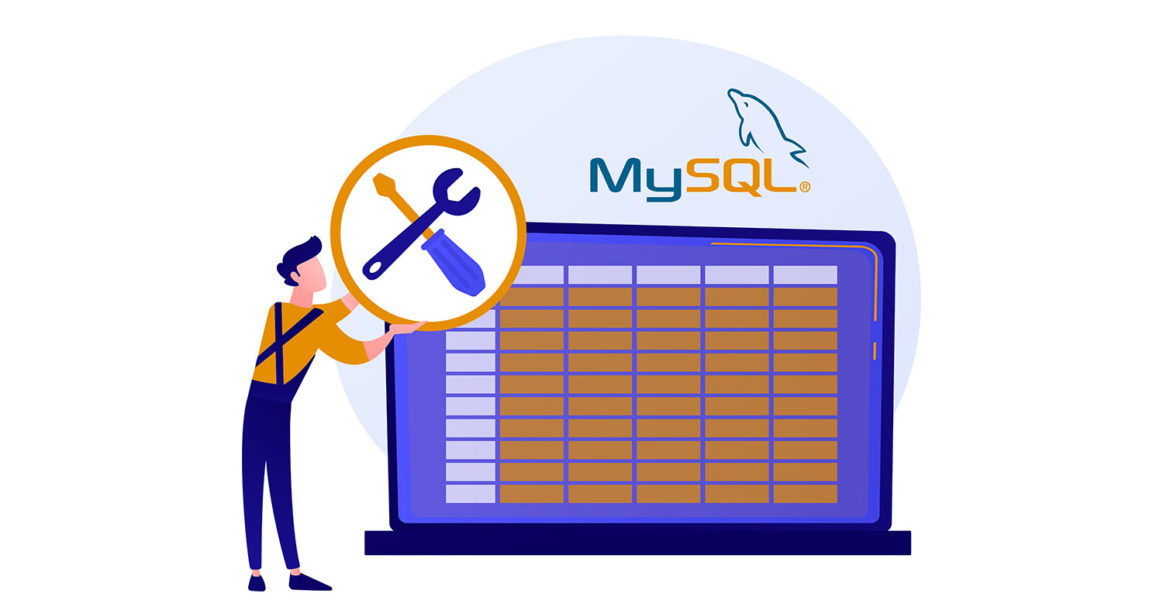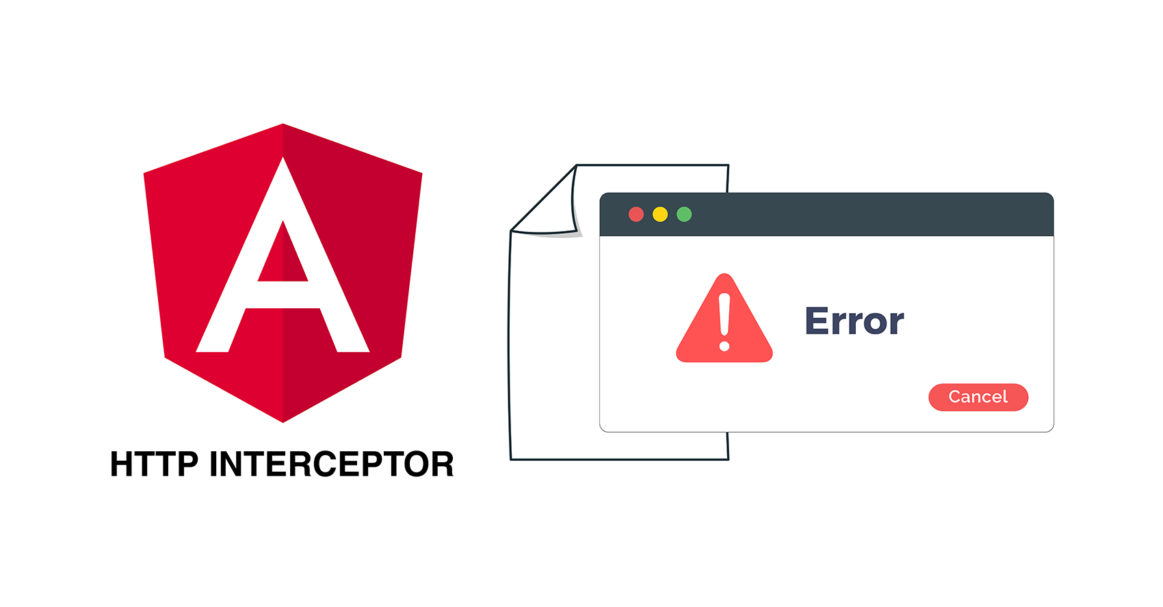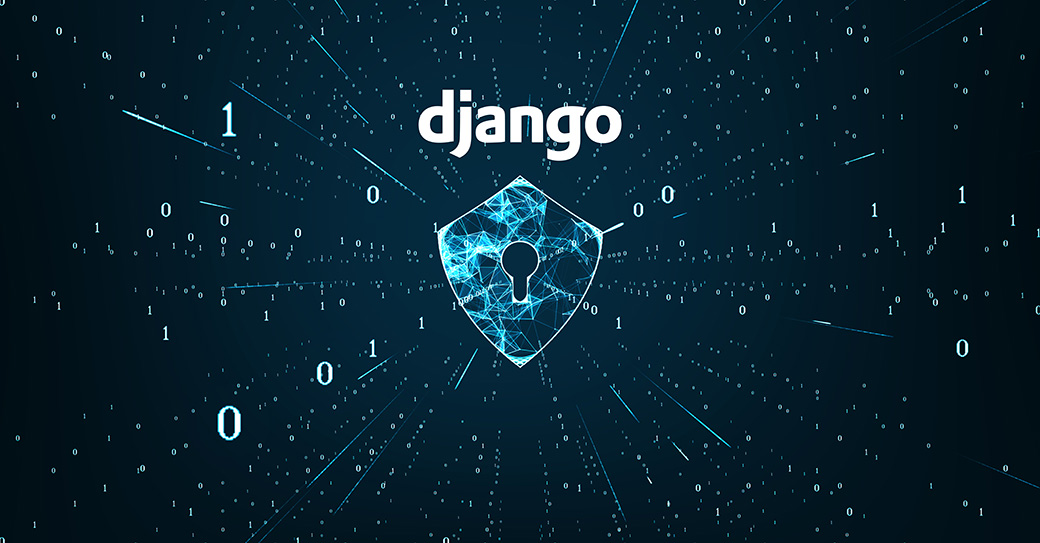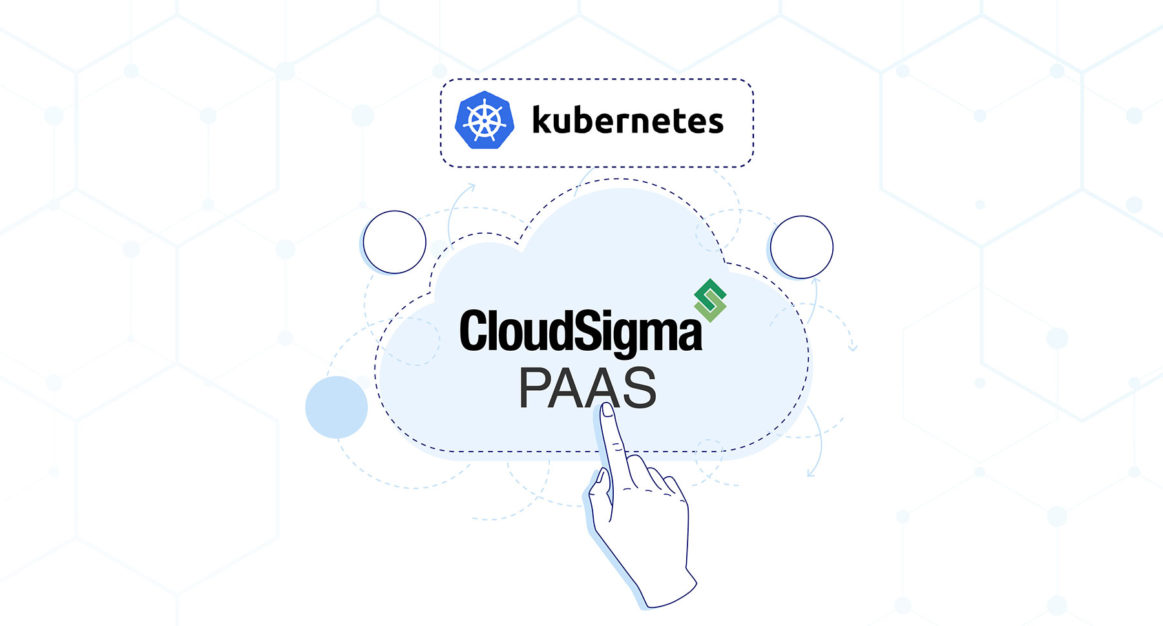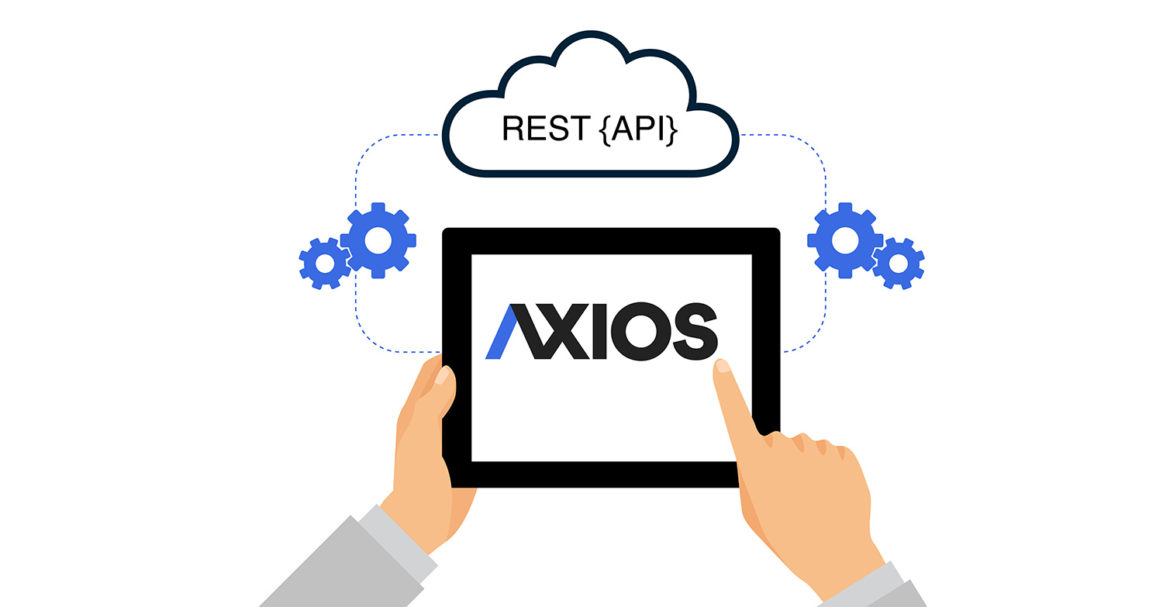Ruby is an interpreted, dynamic, reflective, object-oriented programming language. Developed by Yukihiro Matsumoto, Ruby focuses on simplicity and productivity. The elegant syntax allows developers to read and write code easier. In this guide, we will be working with strings in Ruby. Prerequisites To perform the steps demonstrated in this tutorial, you need the following components: A properly-configured Ubuntu system. Learn …
Creating Views in the Django Web Application Framework
Django is a powerful, open-source, Python-based web framework that streamlines the process of creating and managing websites and web apps. Django applications are scalable, high-performance, and secure. It also comes with really good documentation on every single part of the framework. In our series on Django, we’ve been exploring Django by implementing a sample website with basic blogging features. In …
How to Configure MongoDB Replication and Automated Failover
A replica set is defined as a database cluster of multiple nodes with replication and automated failover configured between them. To make sure the PRIMARY database is elected correctly, it is important to have an odd number of members in the set (including or excluding the Arbiter node). The selected database is responsible for all the major tasks. It processes …
Using GitLab for Managing Projects
Introduction GitLab offers a very convenient way to work with remote repositories on centralized servers. Anyone coming from GitHub or any other tool might consider that there are many other tools offering this service. However, use cases differ from team to team. GitLab’s main advantage is that you get complete control over your repositories and setting permissions. In this tutorial, …
How to Import Packages in Go
Go (also known as Golang) is an open-source, statically typed programming language. It was originally developed by Google. Some notable features of Go include simplicity, high performance, readability, and efficiency. Like any other prominent programming language, the standard library of Go offers a rich set of packages. However, we can also extend the functionalities by incorporating third-party packages. This guide …
Enabling and Connecting the Django Admin Interface
Django is a popular, free, and open-source web application framework built on Python. It strives to streamline web app development. Django comes with a solid set of components to develop websites faster and easier. In our series of articles on Django, we have been exploring how to use Django with a demo app. In this guide, we will build on …
Quick Solutions to Repair Corrupted Tables in MySQL: A Tutorial
MySQL is one of the most popular open-source RDBMS (Relational Database Management Systems). It is an integral part of the rapidly growing LAMP Stack and has gained impressive fandom among developers and system admins. Compared to non-relational databases, SQL provides excellent functionalities to arrange, store, and manage data effectively. The distinguishing table arrangement functionalities and stand-out capabilities of the SQL …
Writing Packages in Go
In Go programming, packages are one of the most powerful features. Packages help maintain a large number of programs by grouping them together into single units. This makes code maintenance much easier. This modular approach also allows better code sharing and reuse. In this guide, we will learn about writing our own Go packages and implementing them in our projects. …
Managing HTTP Requests and Error Handling with Angular Interceptors
If you have been developing an application using AngularJS, you are probably aware of HTTP interceptors. However, these HTTP interceptors were not available in Angular until version 4.3. In this tutorial, we will be using interceptors in Angular to handle HTTP requests and responses, and process errors. Prerequisites Angular applications use Node.js runtime. To complete this tutorial, you will need …
How To Secure and Scale a Django Application with Docker, Nginx, and Let’s Encrypt
Millions of users get on the Internet to access information for various purposes including learning, entertainment, news, and sharing their lives’ progress with friends. Hence, when deploying an app, it’s in your best interest that you implement a highly secure and scalable infrastructure for your application. The cloud offers various ways to secure and scale a Django application. Horizontal scaling …
Exploring CloudSigma PaaS: How to Access Kubernetes Application via Public IP
CloudSigma PaaS allows users to expose their applications using a public IP address. This address needs to be attached to a node from the Kubernetes cluster environment. There are two ways to achieve this in the CloudSigma PaaS environment: One way is to attach the public IP to a dedicated load balancer. Another way is to attach the public IP …
Configuring a REST API with Axios in Vue.js: A Tutorial
Axios is a popular JavaScript library used to make HTTP requests. It is a promise-based HTTP client used in JavaScript or with other Javascript libraries like Vue.js or React.js. Due to its isomorphic nature, Axios can run on the client and server-side simultaneously using the same codebase. Also, it is a powerful tool used collectively with async to formulate a user-friendly …












